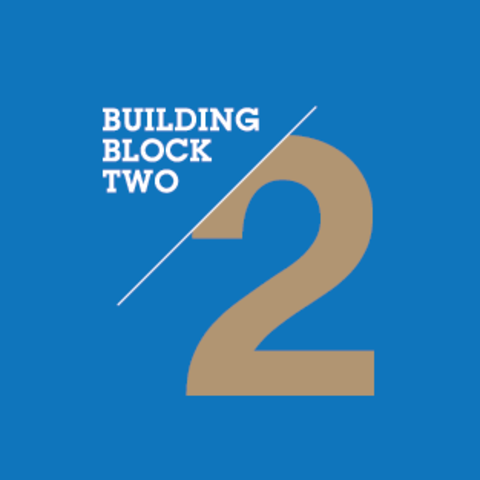What It Means
Programs purposefully create a welcoming environment. It’s an emotionally safe place that young people want to come back to again and again, a place where they feel a sense of security, belonging and ownership.
Why It Matters:
A young person needs a time and a place to develop – a place to safely fail and try again, a place to explore their interests or discover new passions. A secure, welcoming, positive environment best supports learning and development.
What Effective Practices Look Like:
-
Program structure provides opportunities for staff and youth to build trusting, appropriate relationships.
-
Program fosters a sense of community. Staff are welcoming, and encourage youth to connect with one another.
-
Staff and youth have shared high expectations and consistency of appropriate norms and behaviors.
-
Staff uses positive guidance to direct youth behavior and model positive behaviors to youth and to each other.
-
Staff engages with youth as individuals to help them learn and develop.
